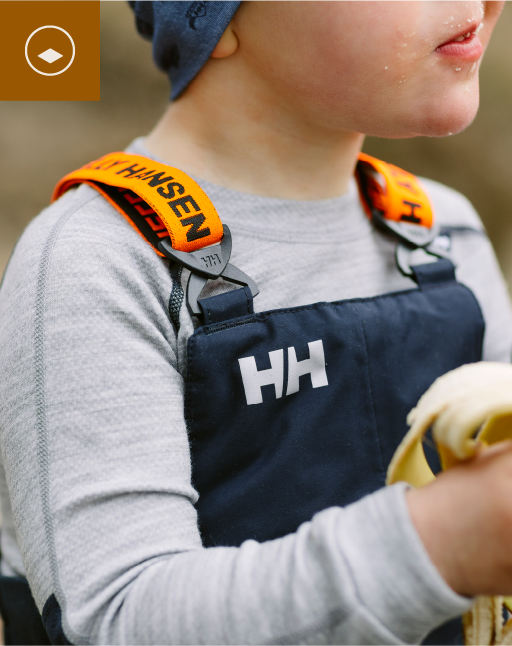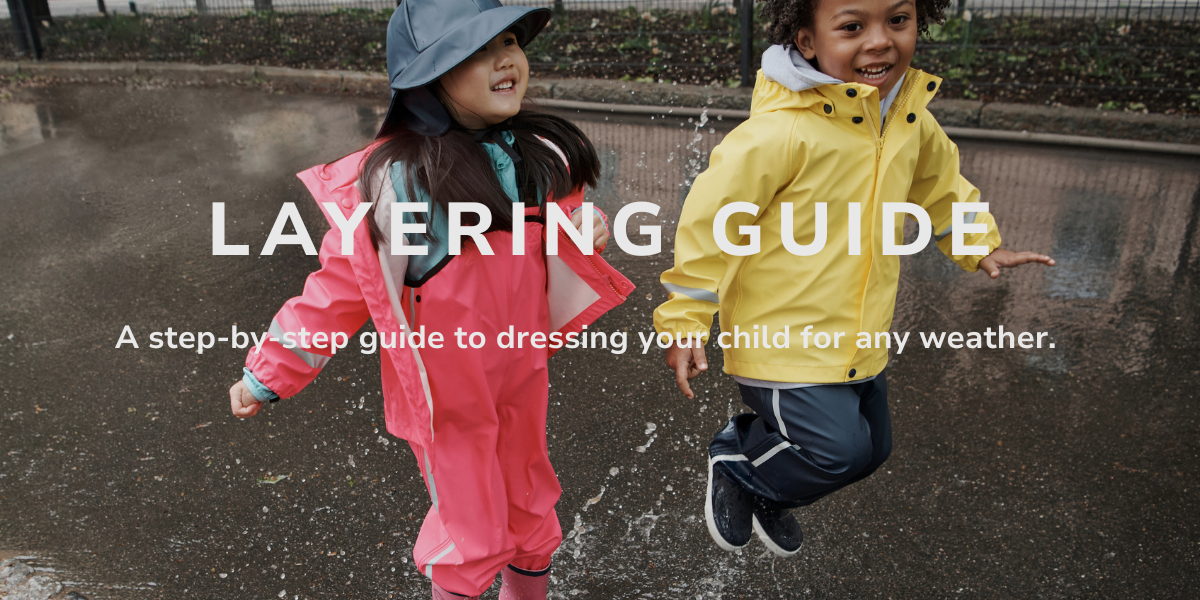A simple layering guide to keep your child comfortable outdoors for the entire school day (or for any cold-weather activity). No confusion! Just a simple 1-2-3 formula that weather proofs your child.
Why layering?
- Layers should be the same size. No need to size up on outer layers unless it is a slim or performance cut, and your child needs a little more roominess to be comfortable.
- Go ahead and mix your layers! Different fabrications of recommended base layers work great! Don't worry if you are mixing wool and fleece or high-tech poly – they are all recommended and can all be worn together and accomplish the goal of keeping your child warm!
- Remember, cotton needs to be avoided when choosing layers for our kids.
- Teach your child to regulate comfort by removing layers as activity level or body temperature changes.
How to Layer
- 1. Base Layer: worn next to the skin, keeping the body warm and dry, wicking away any moisture. Think of this layer in terms of a thinner wool top or high-tech poly top and bottom. Cotton is never recommended as a base layer as this fabric actually traps the moisture next to the child's skin making them cold. Don't forget the feet when thinking about base layers! All outdoor school children should have at least several pairs of wool socks. The same applies to the head; a thin Merino wool or poly beanie is perfect as the first layer on the head and can easily be layered over with a trapper style or looser wool knit hat.
- 2. Mid Layer: the mid layer acts as extra insulation between the base and the outer layer. Think fleece zip up jacket or sweater or light weight puffer jacket here. In terms of the mid layer bottoms, choices include looser knit Merino wool leggings in a long john or tube style or mid weight fleece pull-ons.
- 3. Outer Layer: this is the layer that keeps the weather out and the warmth in! Think insulated, waterproof snow coat and snow pants. In more temperate climates, you can substitute waterproof shell jackets and pants for insulated snow items. In more temperate climates, rain gear will be considered an outer layer.

Step 1
Base Layer
This layer should be close to the skin and wicks away moisture that leaves a child feeling cold. Base layers should never be in cotton as cotton traps moisture next to the skin.
Wool or high tech poly: Retains warmth, wicks moisture and has anti-odor properties. Wool is the go-to for all seasons!

Step 2
Mid Layer
Serves as an insulation between the base and outer layers.
Fleece or wool: Wool retains warmth, wicks moisture and has anti-odor properties. Fleece is a lightweight material that traps body heat and sustains warmth.

Step 3
Outer Layer
Keeps weather elements out and warmth in.
Well insulated waterproof snow coat: In warmer climates, children can wear waterproof shell jackets.
Well-insulated waterproof snow pants: In warmer climates, children can wear waterproof shell or rain pants.








